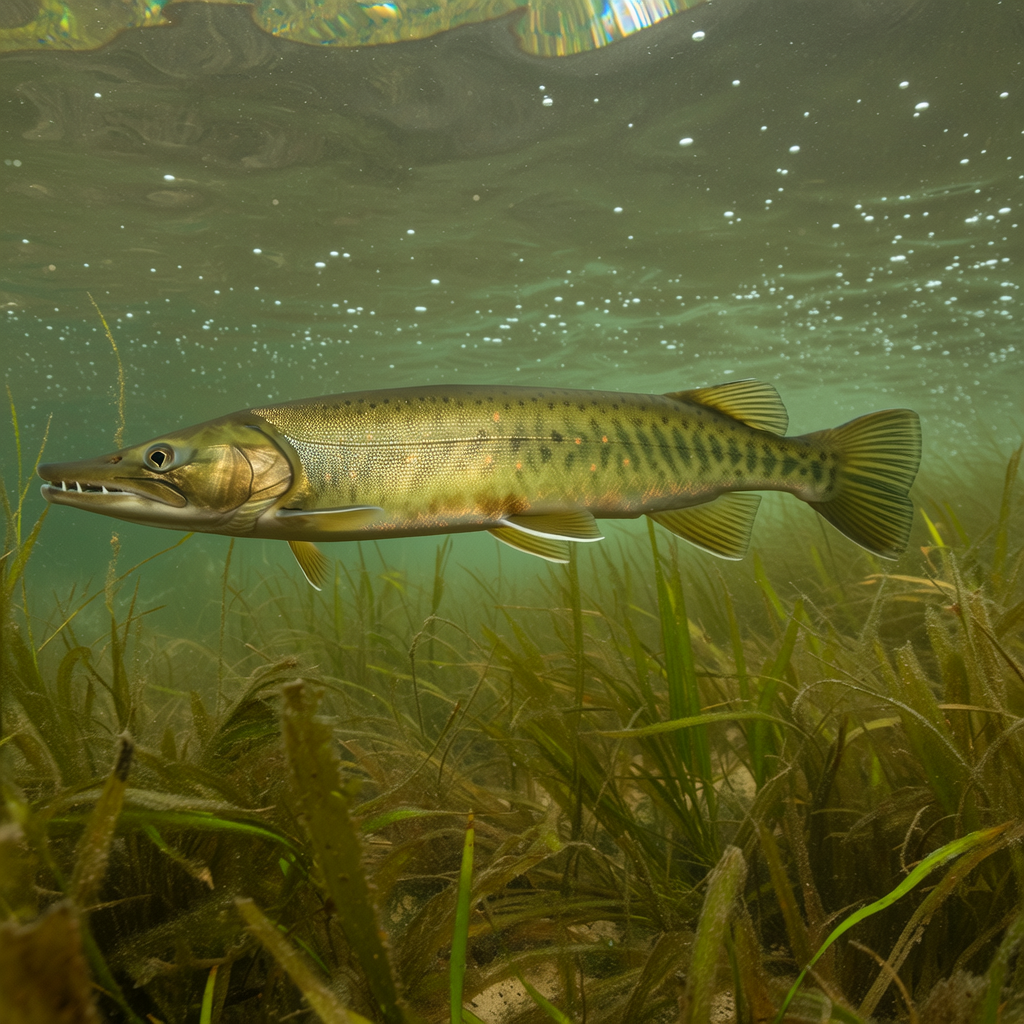Anglers have been using loop knot fishing for generations. This versatile knot is useful for a wide range of fishing situations and should be in every angler’s toolkit. This article will discuss loop knot fishing and its benefits. We’ll also cover the different types of knots and how to tie each one.
What is loop knot fishing?
A loop knot is a fishing technique that involves forming a loop at the end of a fishing line in order to attach a lure or bait. The loop allows for the lure or bait move freely, which makes it more attractive to fish. The loop adds movement to the lure, making it look more realistic.
Loop Knot Fishing: Benefits
The benefits of loop knot fishing are numerous.
- Improved lure or bait presentation
- Increased casting distance
- Enhance bait movement
- Reduced line twists
Different Types Of Loop Knots
Anglers can use different types of loops depending on the fishing situation and the type or lure or bait they are using. The most common loops knots used for loop knot fishing include:
Perfection Loop Knot
The perfection loop is a loop knot that is popular among anglers. It is a simple knot to tie, and it forms a reliable and strong knot. The perfection loop knot can be used to attach a fly line to a leader.
Double Surgeon’s loop Knot
Anglers also use the double surgeon’s knot as a loop knot. This knot is simple to tie and creates an extremely strong loop at the end the fishing line. Double surgeon’s knots are commonly used to attach lures or baits to fishing lines.
Blood Knot
The blood knot is used to join two lines. Anglers use this knot to connect the fly line to the leader or to join together two pieces of leader.
How to tie a loop knot
Anglers should learn how to tie a knot. Here are step-bystep instructions on how you can tie the three most popular loop knots for loop knot fishing.
Perfection Loop Knot: Step-by-Step instructions
- Cross the tag end over a standing line to form a loop.
- Bring the tag back to form a second loop along with the first loop
- Pass the tag end through the first loop starting at the back, and pulling it through the front.
- Pass the same tag through the second loop starting at the front, and pulling it through the back.
- Tighten the knot by pulling both ends and moistening the knot.
Double Surgeon’s loop Knot – Step by Step Instructions
- Form a double overhand at the end of your line
- Hold the knot, and form a loop with the tag end by bringing it around and back through.
- Hold the loop and tighten the knot by pulling the tag end.
Blood Knot – Step-by-Step instructions
- Place the two lines next to each other and overlap them by about 6 inches.
- Wrap the first line around the second five times, working your way back to the overlap point
- Wrap the second line five times around the tag end of first line. Work backwards towards the overlap point.
- Wrap the second line around the first five times, working your way back to the overlap point
- Wrap the second line five times around the tag end, working your way back to the overlap point.
- Tighten the knot by pulling both lines.
Loop Knot Fishing Tips
Here are some tips for using loop knots when fishing:
- Before casting, always ensure that your loop knots have a tight and secure fit.
- Use the right type of loop knots for the fishing situation
- You can practice tying loop knots with your eyes closed.
- If you need to rerig your fishing, keep extra leaders and lines with you.
- Take your time and be patient when you tie the knots. Rushing can lead to mistakes.
- Check the knots for signs of wear or damage and re-tie if necessary.
Conclusion
Any angler can benefit from learning the loop knot technique. Anglers can improve their chances of catching fish and enjoy the sport more by using the right knot. Remember to select the right knot for your fishing scenario, practice the different knots and check them regularly for damage or wear. Happy fishing!




